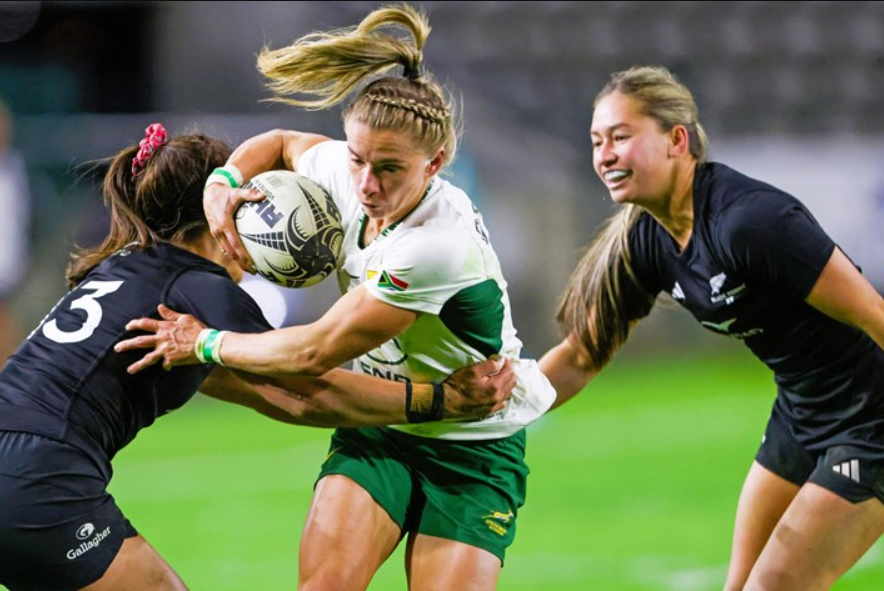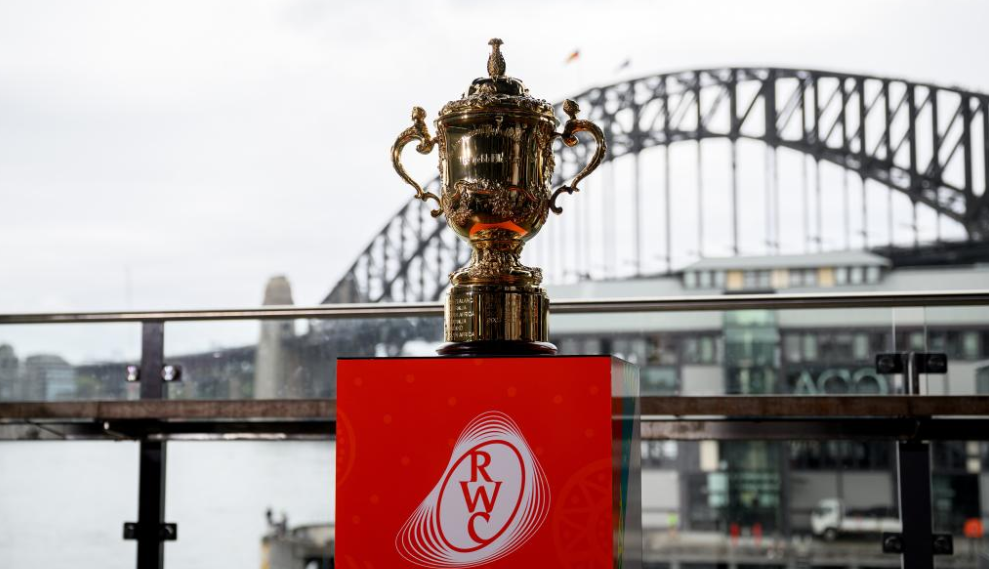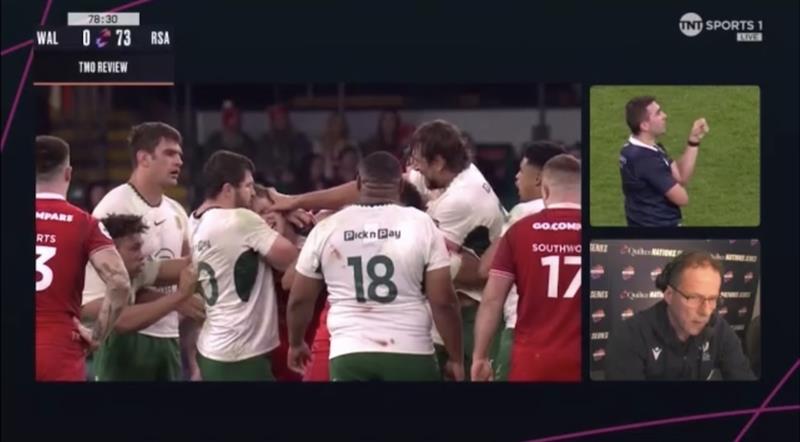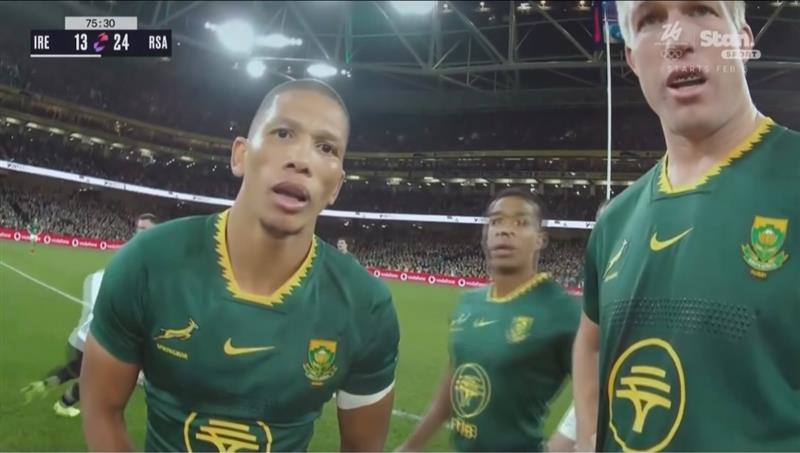South Africa 26, Black Ferns XV 34. On the surface, a predictable scoreline. Scratch a little deeper, and you’ll find one of the most meaningful matches in the history of South African women’s rugby.
The fixture – played at Athlone Stadium in Cape Town on 26 July 2025 – was billed as a friendly, the first of two warm-up Tests before the Women’s Rugby World Cup. But it was far more than that. This was a moment of reckoning, a long-overdue confrontation between the Springbok Women and the kind of tiered rugby infrastructure South Africa has historically lacked.
Let’s get the facts straight. The Black Ferns XV are not a club side or a makeshift selection. They are New Zealand’s official second-tier national team – a direct feeder for the Black Ferns, who have won the Women’s Rugby World Cup six times. These players are not experimental call-ups; they are next in line for the most successful programme in women’s rugby history.
And that matters – because for years, South Africa’s women have played uphill. Under-resourced. Undercoached. Undervalued. And when they came up against elite outfits like New Zealand or England, the gap was evident – painfully so. Execution, fitness, depth, tempo – the gulf was often brutal.
But on this Saturday afternoon in Cape Town, something shifted.
Yes, the opening exchanges were all New Zealand. Mererangi Paul crossed early, and Kelsey Teneti was unstoppable, bagging a hat-trick with a devastating combination of power and running lines. By the end of the first half, the Black Ferns XV were ahead 20–12, and the pattern felt familiar.
And then it didn’t.
South Africa hit back. First through Aseza Hele, who had already scored earlier in the half – she went over twice, both tries coming from heavy forward momentum and clinical execution. Babalwa Latsha, the soul of the side, barged over from close range with defenders hanging on her shoulders. And when replacement Nombuyekezo Mdliki crashed over late in the match, it wasn’t consolation – it was pressure.
Jakkie Cilliers added three conversions, calmly slotting from tough angles with a poise that belied the occasion. South Africa outscored the Black Ferns XV in the second half – and that’s not poetic hyperbole. It’s fact.
Of course, some voices – particularly among South Africans who cheer for the All Blacks or Black Ferns with the fervour of a TikTok cult – couldn’t wait to downplay the performance. “It wasn’t the real New Zealand team,” they sniffed, ignoring that New Zealand’s second team is a full tier above most countries’ first.
These are players groomed in a winning system. A system with resources, contracts, coaching continuity, and full-time professionalism. And yet, in the second half, the Springbok Women didn’t just match them. They wrestled momentum away.

A key part of that transformation? Swys de Bruin.
The former Lions coach – who helped take a Super Rugby side to back-to-back finals – is now quietly but profoundly reshaping the Springbok Women’s approach. His fingerprints were all over this performance: the smarter phase play, the calm decision-making under pressure, the clearer attacking structure. South Africa weren’t just playing with heart – they were playing with a plan.
Under de Bruin’s guidance, the backline has shown far more coherence and vision than in previous seasons. Exit strategies are no longer hopeful hacks. Midfield shapes have timing and depth. There’s patience with purpose. What once looked like chaos now looks like intent. His tactical input has bridged the gap between effort and execution – and that’s what makes this shift sustainable.
This wasn’t a scrappy feel-good story. This wasn’t a “brave performance.” This was a team executing on their potential. For the first time in Blindsided Rugby Man’s long, wary support of the women’s game in South Africa, we saw a Bok team that looked ready to close the gap. Not with hope, but with hard rugby. They looked conditioned. They looked coordinated. And above all, they looked like they belonged.
The scrum was superior. The ball carries were dominant. The attack, especially in phase play, looked sharper than anything we’ve seen in years. There’s still work to be done defensively – letting in six tries, including scores from Jaymie Kolose and Hollyrae Mete-Renata, shows as much – but that’s not the full story. The gap is no longer a chasm.
It would be easy to dismiss this game by looking at the scoreline alone. But that’s exactly what the most obnoxious corners of the rugby public have done for years – failing to look deeper, refusing to understand the progress, the nuance, the context. This was a team previously 50 points off the pace, now turning the screws on one of the most structured rugby environments on earth.
And for those who watched from the stands at Athlone, or saw the way the players carried themselves afterward, one thing was clear:
This wasn’t the end of a good effort.
It was the beginning of something real.




